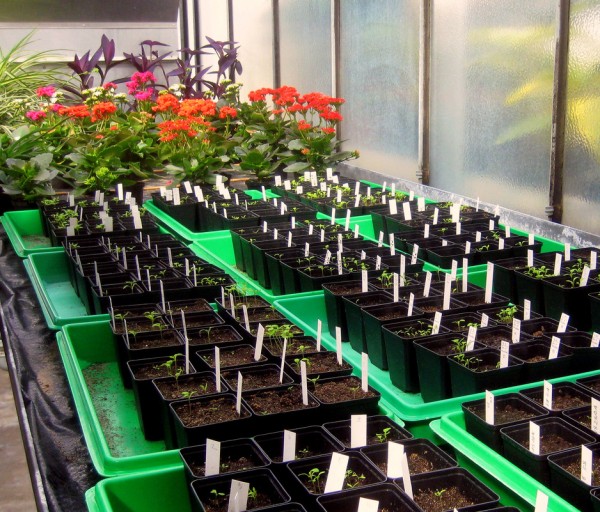
If you noticed a hundred dollar bill on the sidewalk would you ignore it because its discovery was unexpected?
It seems crazy, but that is what many of us do because we are too attached to our plans. As a result, we miss the easiest opportunities of all – those right front of us.
Last week I opened an email, viewed the short video within it, and then picked up the phone to call the sender who had previously hired me. We had an interesting discussion that led to a referral and another discussion, and that led to another.
The result was a renewed friendship, a new connection, and the opening of a door to a business opportunity.
Business Happens in Real Time
The time invested in that series of events effectively killed my plan for the morning. Yet, it also produced a productive and potentially profitable result.
Do you believe in karma, destiny, and synchronicity? How about good luck? The truth is every day we are greeted with opportunities that we ignore. Why?
Our plans, systems, and engrained processes blind us to them. Building systems and setting agendas can be productive, but they also limit our ability to discover new possibilities that are quietly bubbling up right before our eyes.
Robert Frost suggested we take the road less traveled. Paradoxically, that road is the obvious one that most people ignore because they are looking for the secret pathway that is hidden in woods.
An example of this is chasing the big opportunity that everyone else is chasing. It’s the one you are sure will finally put your business on the map and earn the respect of your colleagues. Sadly, it’s probably driven by your ego that wants to show off.
Action Opens Doors to Opportunities
Is showing off (maybe) part of your plan, or would you rather accomplish practical business objectives, such as making a profit.
The more reliable path to accomplishing your business objectives is to focus on the obvious – the client or customer that today happens to be right in front of you, and probably wants to do more business with you.
Connect the dots – be aware of looking for these opportunities and you will more readily notice them.
Plans are necessary, but they can be inherently vague. Opportunities are specific, evident, and inherently viable.
Forget the plan. Keep it in the background and take action on what may be a nice little success, one that leads to future successes.
Have the intention of being open to any opportunity that comes your way. Look for them, and be willing to go with the unexpected. It works, at least that has been my experience.
Success in life and business is seldom a linear process.
So, why are you rigidly following one? Give yourself permission to go forward with opportunities as they present themselves.
What do you really want to accomplish?
Leave a comment below – and please feel free to use these ideas as you wish.
Until next time, Jeff



